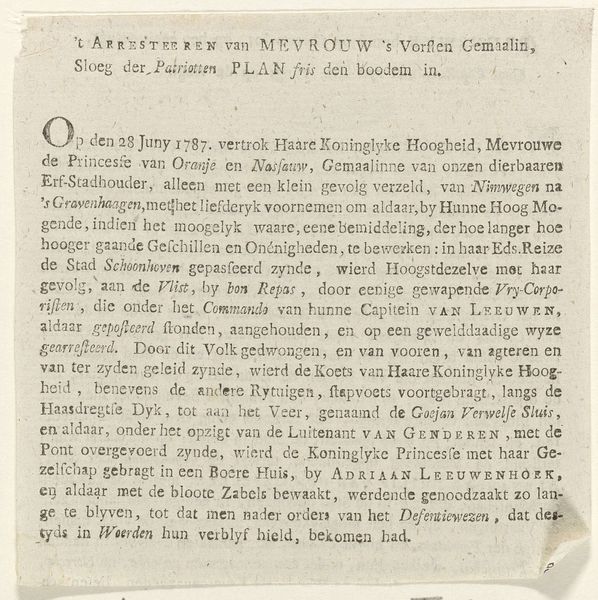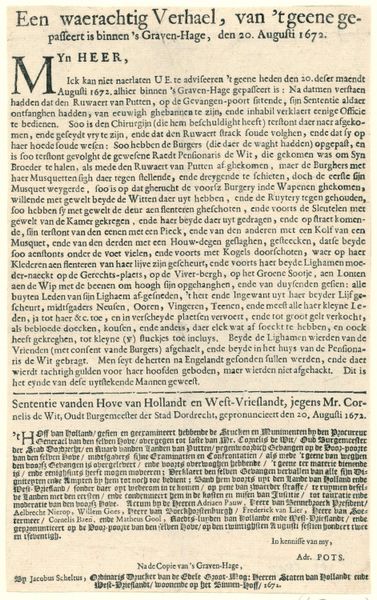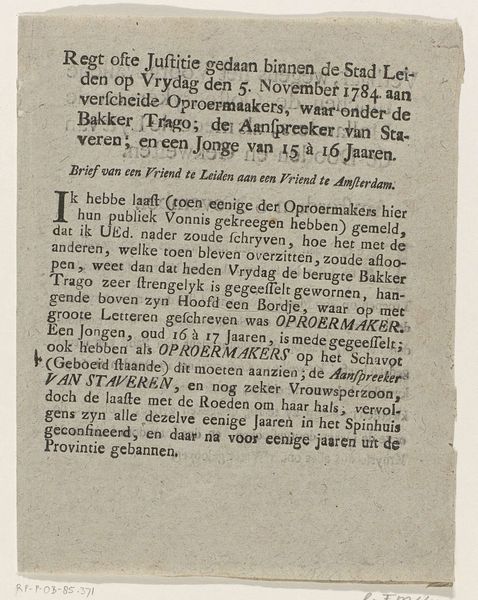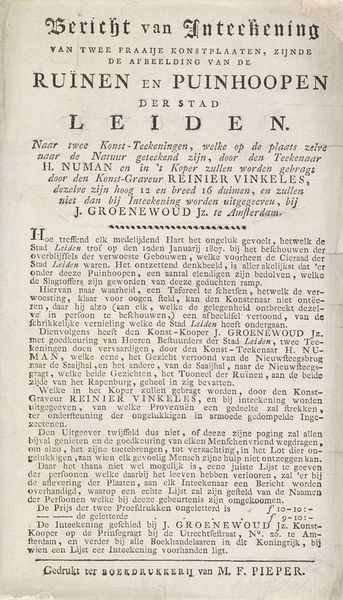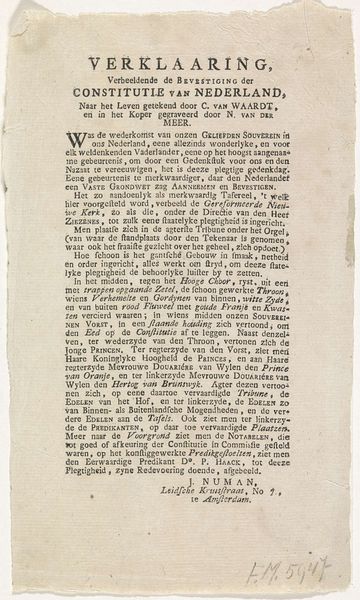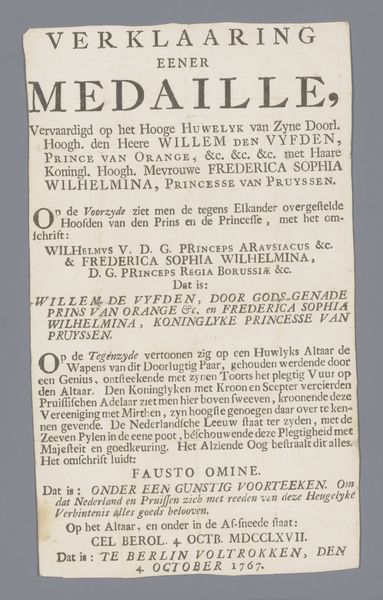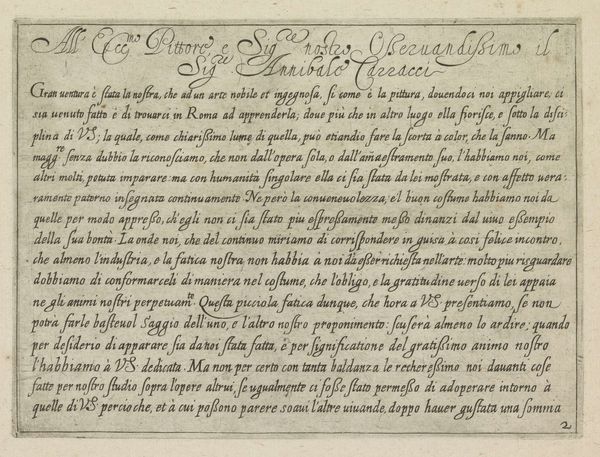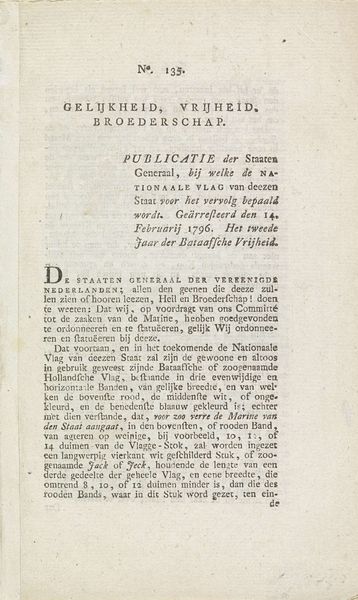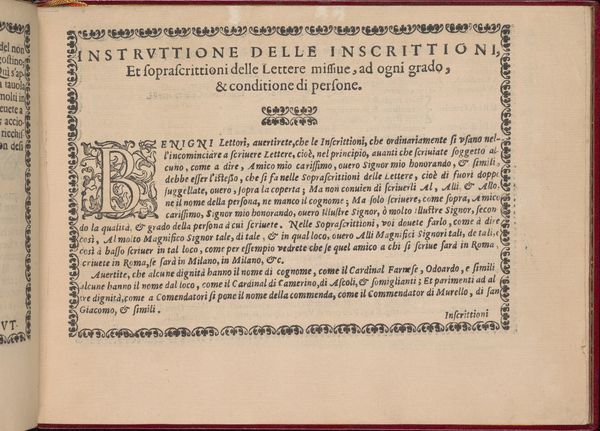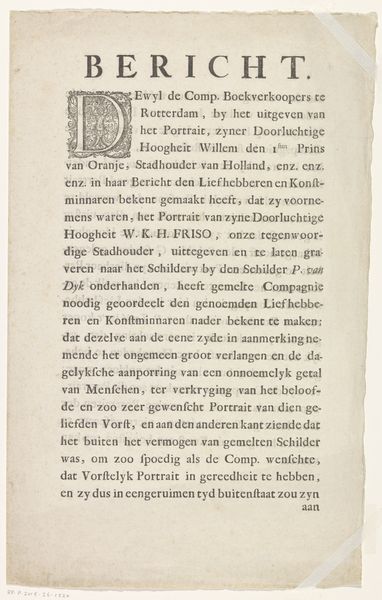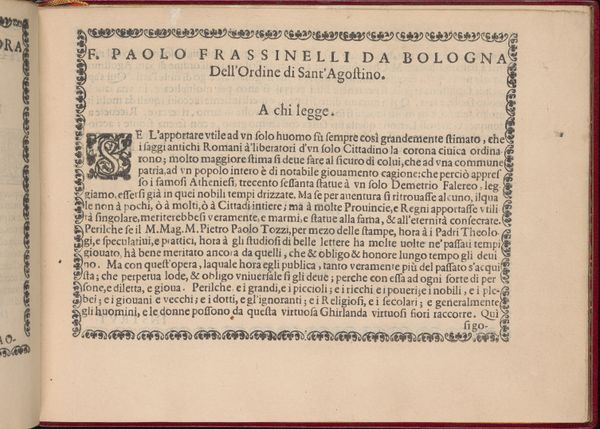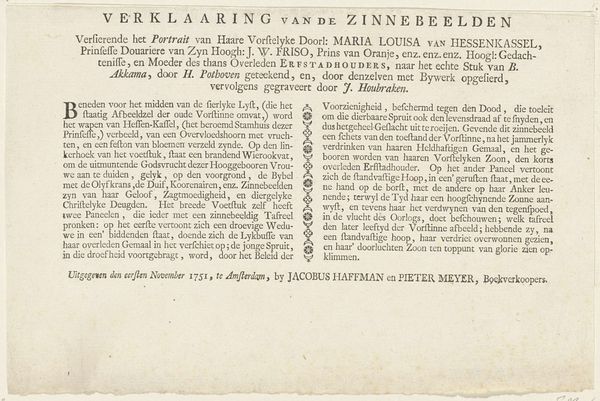
collage, print, textile, paper
#
type repetition
#
aged paper
#
collage
#
hand-lettering
# print
#
thick colouring
#
textile
#
paper
#
personal sketchbook
#
hand-drawn typeface
#
thick font
#
word imagery
#
historical font
#
columned text
Copyright: Rijks Museum: Open Domain
This is a newspaper clipping from 1822, an obituary for Gerard van Spaendonck, celebrated as a painter of flowers and fruit. The core symbol here is the flower itself. Throughout history, across cultures, flowers have served as potent symbols of beauty, fragility, and the ephemeral nature of life. In van Spaendonck’s time, flowers, as a symbol, bloomed in popularity as allegories for the transience of life. This resonates deeply with the classical concept of "memento mori," a reminder of mortality, subtly urging viewers to reflect on life's fleeting moments. Consider the Dutch still life paintings, where flowers signified not just beauty but also moral lessons. This symbolism has ancient roots, appearing in Egyptian funerary art and Roman feasts, each time evolving, adapting to cultural nuances. The collective memory embedded in these floral motifs evokes a powerful emotional response, reminding us of life's delicate balance, and subtly engaging us with our mortality. The flower, therefore, becomes more than just a botanical subject; it is a cyclical symbol, constantly resurfacing, its meaning shaped and reshaped by the passage of time and the weight of cultural memory.
Comments
No comments
Be the first to comment and join the conversation on the ultimate creative platform.
